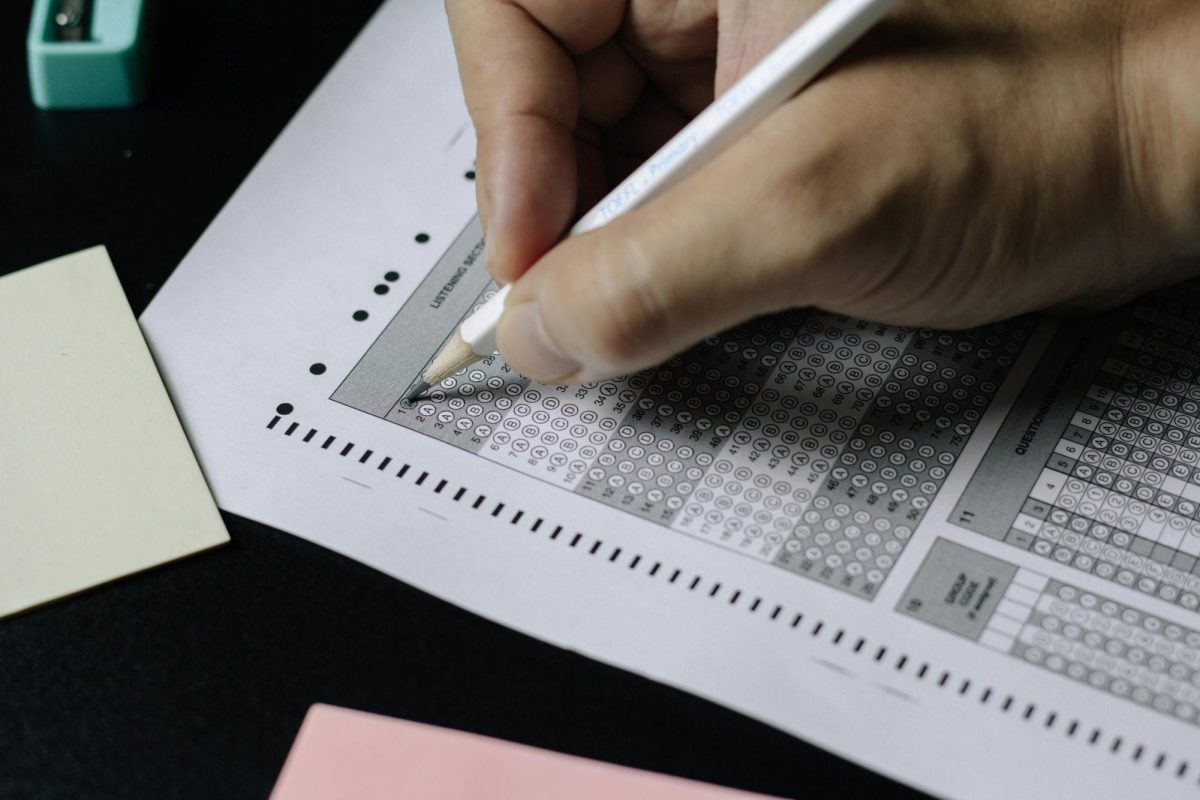The State of Texas Assessments of Academic Readiness, also known as the STAAR, will be replaced by three tests and will no longer be administered starting in the 2027-28 school year. On Aug. 28, 2025, the Texas Senate passed House Bill 8, replacing the STAAR test with three tests spread throughout the year.
The STAAR test was replaced with three tests in order to make it less stressful. Students are often stressed about the high stakes associated with the exam and are negatively impacted by how time consuming the test is. Replacing this with three tests is meant to make each test less stressful and less time consuming.
“One test shouldn’t be describing how you do in a class,” Freshman Sheila Sil said. “I think it’s better because one test doesn’t describe what you get.”
This new testing method is also intended to more accurately measure progress. The tests are placed at the beginning, middle, and end of the year to track progress through different points of the academic year. Sophomore Celina Gao talks about how the STAAR often misrepresents the amount of success a student had in a class.
“It’s just in one day [so] there’s a lot of pressure,” Gao said. “The teachers also expect the students to do really well, so [students] might be super stressed-out and not perform well.”
The sentiment that the STAAR doesn’t accurately measure performance is shared by both students and educators alike. English II teacher Terrah Dees shares how the STAAR measures students’ test-taking skills rather than their knowledge in the subject area.
“[A] student could work hard [and] do well in class on assignments and projects [but] still not perform well on STAAR because of testing anxiety or timing issues,” Dees said. “On the other hand, some students might do well on STAAR but not consistently perform in class, so it [isn’t] always an accurate reflection.”
Although one of the reasons for replacing the STAAR was to make it less time consuming and stressful, some students are concerned about having to take tests multiple times and perform well three times. Additionally, there are concerns about how STAAR’s removal would impact the overall curriculum and whether dedicating more time to test preparation would be beneficial.
“It’s a lot of instructional time lost to test preparation,” Dees said. “Schools might place even more pressure on pacing and curriculum alignment to the test so students may not be getting a broader skill set.”
Despite instructional time being spent on test preparation, Dees mentions how having testing spread throughout the year would mean teachers would have the ability to track student progress over time.
“Teachers would be able to adjust instruction based on earlier results,” Dees said. “Anxiety might lessen since one test isn’t the make-it-or-break it moment and then students will have more chances to demonstrate what they know.”
The stress of testing affects many students and often leads to poor performance. Although efforts have been taken to lighten that load, students are still skeptical as to whether it will be beneficial to them. Dees reminds students to focus on learning and scores will follow.
“Tests are just one measure of their abilities: they don’t define your intelligence, creativity, or your future,” Dees said. “Approach each test as a chance to show what you know but never let it make you doubt your worth or potential.”



